We asked a favor from 11 CNOs and CXOs from hospitals and health systems across the U.S.: Define the "biggest win" for patients this year, in your organization or the industry as a whole.
Note: Responses have been edited for clarity and length.
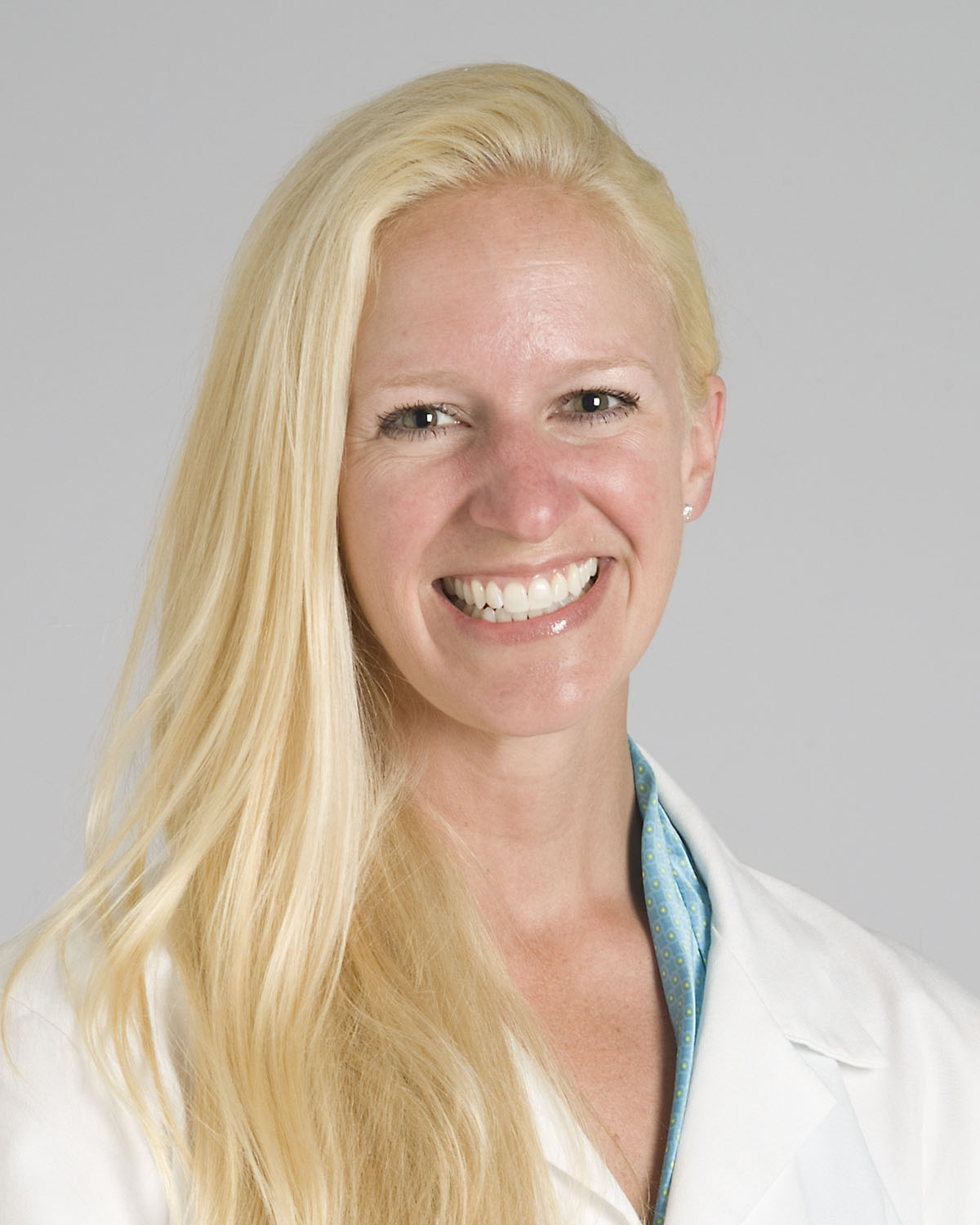 Adrienne Boissy, MD, CXO of Cleveland Clinic
Adrienne Boissy, MD, CXO of Cleveland Clinic
No. 1 is transparency in public physician ratings by patients. In April, Cleveland Clinic made its patient satisfaction ratings public for individual physicians. Now you can Google my name, for example, and in addition to my background, it will pull up all of my patients' comments about me — the good, the bad and the not-so-certain. You can read them verbatim for what they are, as well as see a star rating about how my patient satisfaction scores are aggregated. We know patients are often making choices based on experience of care, and we wanted to make sure they had the information at their fingertips to do that. We've been internally transparent with that data for a number of years — it's distributed to individual physicians throughout our organization every quarter — so this was the natural evolution of that work.
Another win is increased access for patients. We've thought about how we're going to transform care in the future, and we regularly hear from patients that being able to easily access our services is an important part of their experience. A recent study out of Harvard Medical School showed it takes patients up to 121 minutes for a doctor's appointments — including travel and waiting — only to spend about 20 minutes on average with a physician. Patients are going to want to access our services faster, so a lot of effort is going toward making that possible. I'm seeing organizations, including ours, making a lot of effort to make it easier for patients to get to us. We rolled out same day access several years ago. Some examples of newer initiatives coming through our pipeline are things like expanding clinic hours and making those accessible without an appointment. We launched urgent care with virtual technology 24/7, as well as virtual visits for routine care. The future (and now) of access is anytime, anywhere.
The transition from physician- or patient-centered care to relationship-centered care is also a big win. There's been a lot of national dialogue around patient-centered care, and for me there's a much richer opportunity around relationship-centered care, which is the idea that both people in healthcare have value —the clinician and the patient. In addition, everyone has heard of the Triple Aim, but there’s more talk about the quadruple aim, which adds a mandate for how we care for our caregivers – those that deliver care. Healthcare is recognizing that without investment and attention to our caregivers’ needs, we won’t deliver on the promise of high quality, consistent safety, and exceptional experiences for our patients. Healthcare is an emotional business, and there is something inherently valuable and therapeutic about the relationships patients continue to have with their clinicians. As the landscape continues to change, relationships grounded in empathy and shared meaning will provide the resilience necessary to keep human beings at the center of all we do.
Michelle 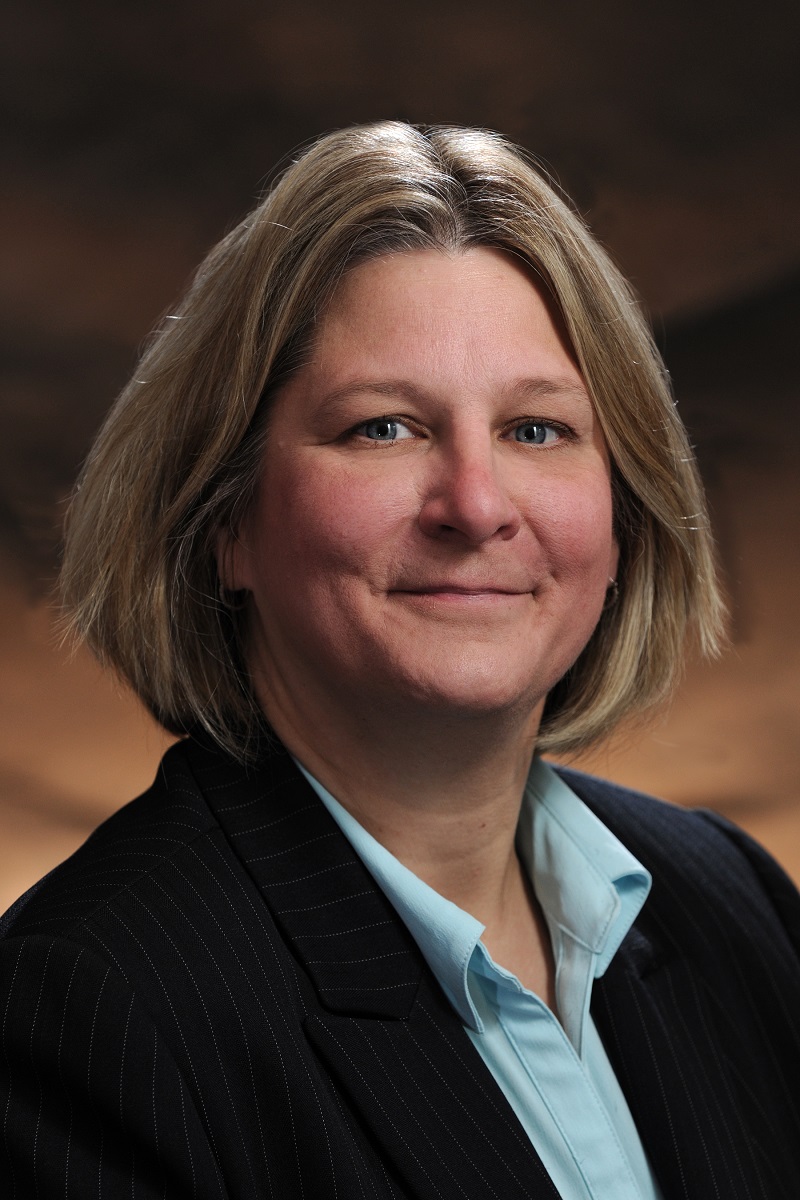 Conley, CNO of Aria Health (Philadelphia)
Conley, CNO of Aria Health (Philadelphia)
I would say it is that healthcare is seemingly much more patient-driven. We've talked about it for years, but it seems like it's really coming to fruition where the care we're providing is really driven from the patients' perspective. I've been a nurse for 31 years and we always talked about patient-centered care and the patient experience, but I would say this is the first time we're seeing care truly driven from the patient perspective across the healthcare industry.
What we at Aria have started to do this year was address it differently with our workforce. We wanted to have staff understand why we're doing this and why patient experience is important — to successfully do that you have to drive change from the ground up. That is the only way true, sustainable change can occur. We can't just say, "Guys, patient experience matters, go make your HCAHPS scores higher." For us, to drive that change, we had to understand our culture and sub-culture. We came to understand that our organization is pretty stereotypically Philadelphian: competitive, likes to win, the Rocky mentality, likes to see the underdog come out and win. So we organized many of our endeavors around patient experience around those kinds of concepts. Everyone talks about having pride in their work and dedication to patients, but we asked them to prove it. We put structure and visibility around that, and we really have seen some incredible results in terms of HCAHPS and in staff engagement scores.
Amy Cotton, MSN, NP, FAAN, Vice President of Patient Engagement and CXO of EMHS (Brewer, Maine)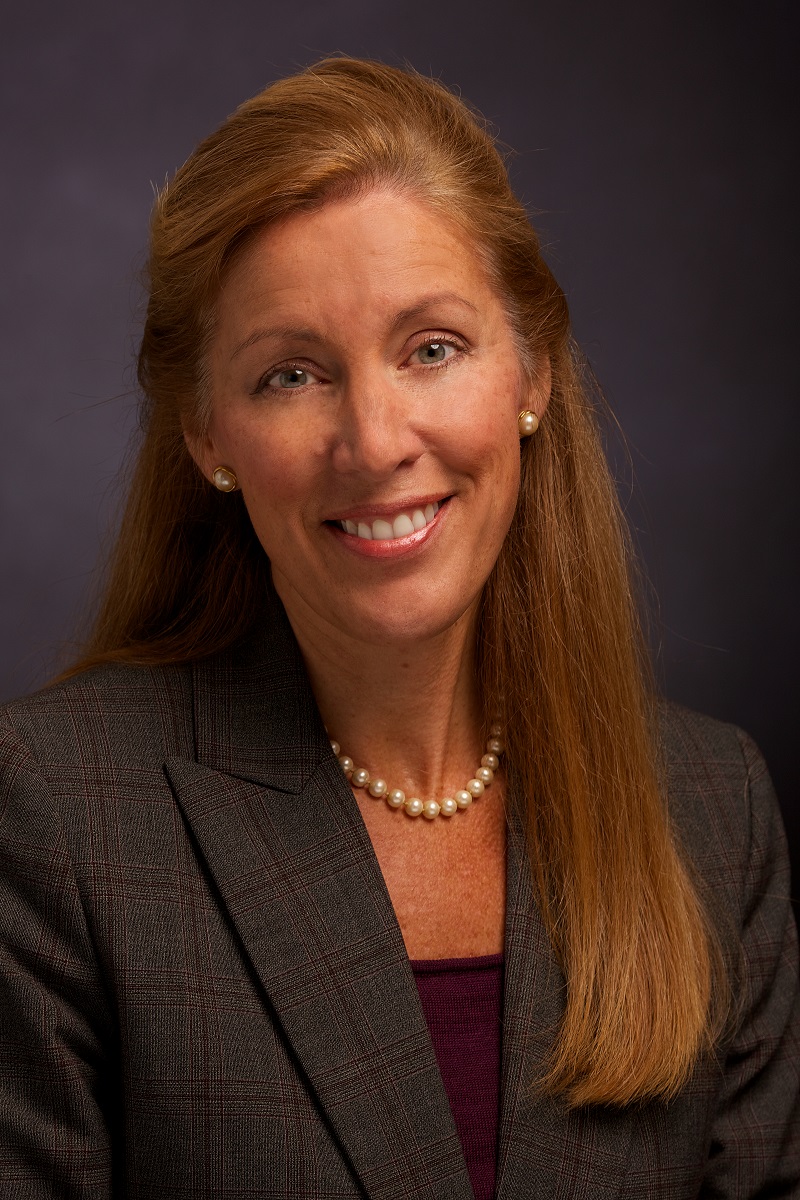
The biggest win for patients at EMHS has been implementing an enterprise structure to expand the traditional focus areas of clinical performance, patient safety, and cost to align with patient experience. This new structure is our road map to enhance value provided to our communities by strengthening the voices of patients and caregivers to inform service design and delivery, reduce the variation in care experiences related to clinical care and customer service, and enhance transparency of quality, cost, and service information.
The biggest win for patients across the industry this year was the increasing influence of consumerism. Healthcare has been slow to adapt business practices to reflect what consumers have been asking for. Along with value-based payment models, increased health plan deductibles have resulted in patients shopping around for the best value at the lowest cost. Choices regarding treatment are expanding rapidly for patients — in terms of location (virtual versus brick-and-mortar), time (24/7 versus traditional business hours) and method of access (online scheduling, patient electronic health record access, patient portals versus a phone call during business hours). Healthcare providers that listen closely to the consumer voice, along with an unrelenting measurement and performance improvement strategy, will be successful today and in the future.
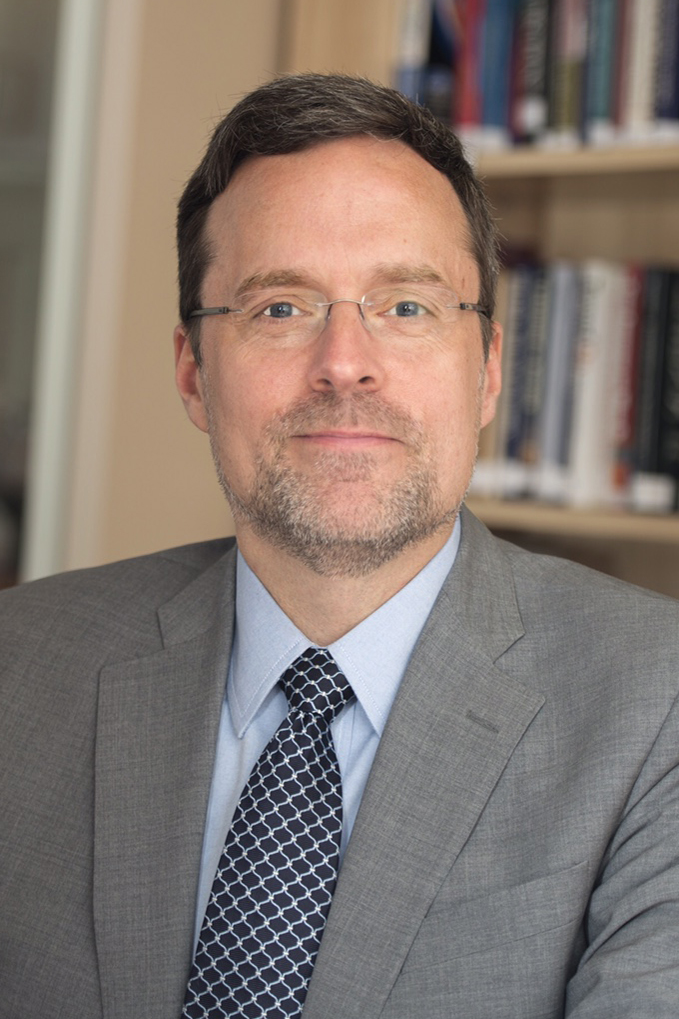 Rick Evans, former CXO of Massachusetts General Hospital (Boston)
Rick Evans, former CXO of Massachusetts General Hospital (Boston)
Two things come to my mind immediately. One is the increasingly effective use of technology in care. A lot of technology related projects we're doing here at Partners [HealthCare in Boston] are associated with patient portals and other means for engaging patients. I think healthcare is catching up with the rest of the world in terms of allowing people to access their providers in different ways, whether it's over Skype-like connections or patients' own portals to manage their own care. I think that's a big win.
I would say another win for patients is how healthcare is becoming more transparent both in terms of our quality and experience outcomes. I've seen transparency become more of a fact of life for our industry and for our work, and I think it's ultimately a win. It's empowering to patients - they have more information, and their deepest concerns and desires taken more into account.
Our focus on patient experience at MGH has been pretty relentless. We've been working on it for quite a while, so the move toward greater transparency didn't necessarily change that much because it's been something we're always thinking about. On the technology side, some of the innovative work that's being done with telemedicine and telehealth is very exciting for our patients and their providers. There's a whole body of work called shared decision-making where we engage patients with tools and resources that really help patients understand their health and be much more involved in deciding what happens next. That's happening here and is expanding.
*Since we spoke to Mr. Evans for this article, he has transitioned to a new position as senior vice president and CXO of NewYork-Presbyterian Hospital in New York City.
Sven Gierlinger, Vice President and CXO of North Shore-LIJ (Great Neck, N.Y.)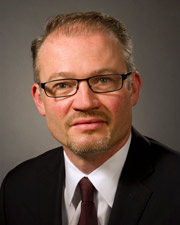
It's exciting to see the focus on patient experience gain momentum in institutions across the country. Patient experience, as a domain, now has a seat at the table with quality, patient safety and operational efficiencies. The overall effect is that the human element is being factored into great medical care for patients.
In 2015, North Shore-LIJ Health System (soon to be known as Northwell Health) rolled out a comprehensive patient and customer experience strategy, outlining specific expectations and standards, to create a better care experience for all of our patients. This strategy encompasses all 55,000 employees and spans our various care settings including, but not limited to, inpatient, emergency and ambulatory care.
Additionally, we have made our patient satisfaction ratings, as well as both negative and positive patient comments, regarding our employed physicians publically available on our website. That's a big win for our patients, who now have the ability to make informed and empowered decisions on provider care.
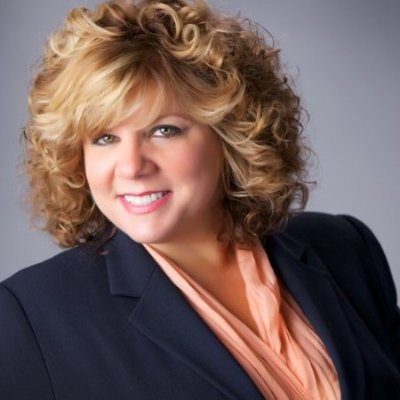
Ochsner Health System is evolving to meet the needs of a new world in healthcare and is leading the way in transforming care to deliver it how and where patients want to receive it. From our Epic EMR to our online patient portal, MyOchsner, we are constantly connecting with patients to provide them with convenient, reliable access to healthcare at their fingertips.
We've developed a number of programs to engage patients in their own well-being, which includes more frequent communication, continuous feedback and opportunities for lifestyle modification. As the national and global healthcare destination for the Gulf South region, we are utilizing innovation and technology to enhance the patient experience through wearables, such as the Apple Watch, unique healthcare settings like the O Bar and mobile technology integration — to not only manage chronic diseases but the overall health and wellness for our patients.
We know we are just scratching the surface of mobile health technology integration, but we are excited by our early success and look forward to leading and revolutionizing the way our patients receive and interact with their care team.
Grace Parker, BSN, CNO of University of Washington Medical Center (Seattle)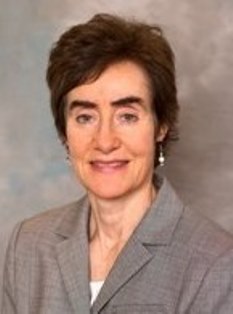
We've affirmed that an "unshakable culture" of patient- and family-centered care continues to be fundamental to exceptional patient care, quality and safety. Our patients and families continue to help us design care delivery. One great example is their assistance with the design of the new units we will open in early 2016. Due to their input, cell phone chargers will be available in these units.
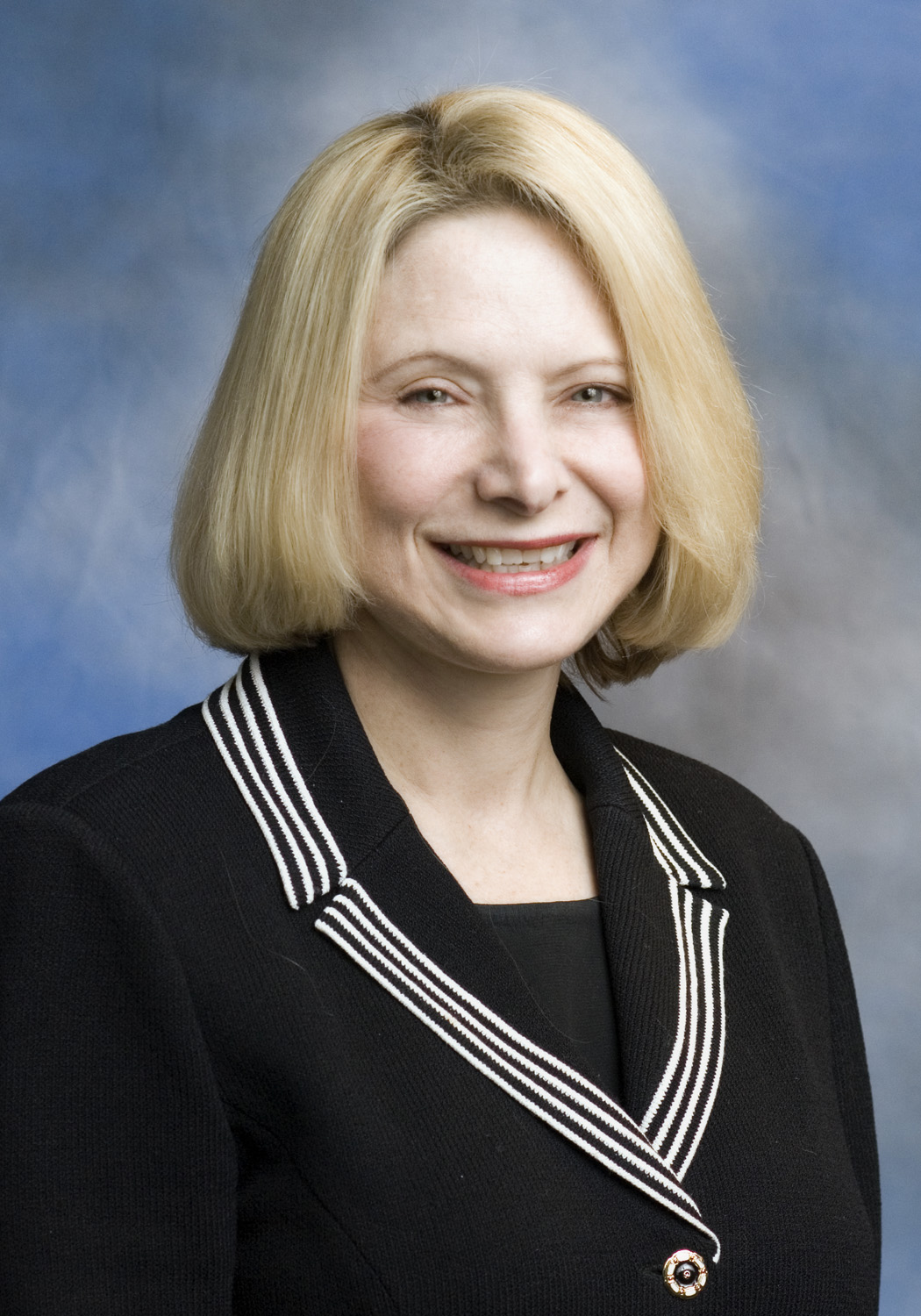 Kathleen Sanford, RN, Senior Vice President and CNO of CHI Health (Englewood, Colo.)
Kathleen Sanford, RN, Senior Vice President and CNO of CHI Health (Englewood, Colo.)
For patients — better known these days as consumers — a big win this year has been the growing realization that providers understand the increased need for improved access to services that optimize their individual potential for better health. In other words, the right services provided at the right place at the right time. The result: New, evidence-based care models supported by detailed, comprehensive research that compares quality outcomes when clinical team members function at the top of their licenses.
For example, at Catholic Health Initiatives, we have established a goal for primary care transformation that significantly expands the use of advanced-practice professionals — and that will improve care. We have hired a national leader of advanced practice who is working with all of our market organizations across the national enterprise — 102 hospitals and other healthcare facilities in 18 states — to develop multi-professional teams as part of our commitment to increasing access to wellness care rather than simply reacting to sick care.
Thomas J. Savides, MD, CXO of UC San Diego Health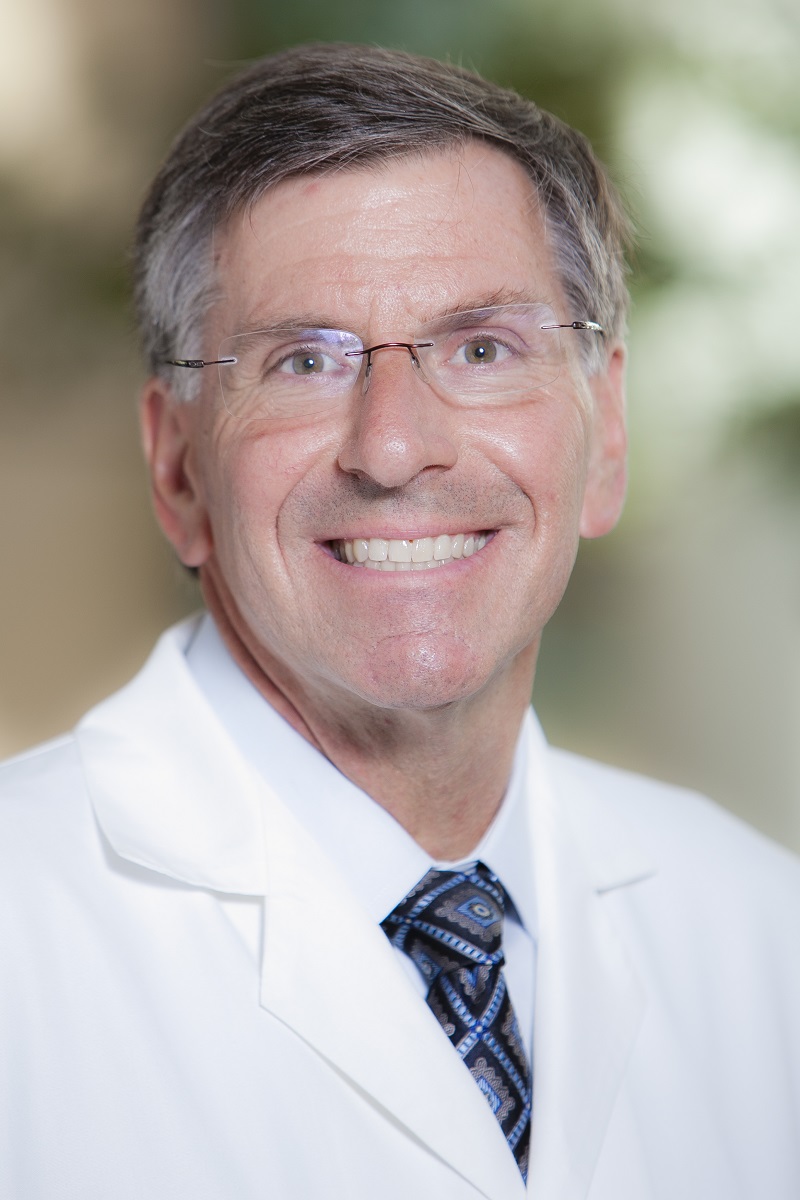
At UC San Diego Health, we're energized by the all-encompassing work we are doing to cultivate our culture to create meaningful and memorable experiences for our team members, physician partners, patients and guests. We're especially excited by the unique methods we've designed and are deploying organization-wide to re-imagine every aspect of our experience. More than 500 of our top UC San Diego physician and non-physician leaders have already participated in immersive experience awareness. This is the beginning of an experience transformation for UC San Diego Health, which will ultimately be the "big win" for our patients.
At the national level, the "big win" for patients in 2015 has been the widespread public sharing of patient experience data on the Internet. In 2015, CMS introduced the star-rating system for patient experience at hospitals based on HCAHPS surveys, which are now available on the Hospital Compare website of Medicare.gov. Many organizations in 2015 placed their patient experience survey data and individual comments about their physicians on the websites patients use to find out about a doctor. Finally, patients are increasingly sharing their experiences about hospitals and providers on social media websites in a way that makes this information easily accessible to all. This new public transparency of patient experience, together with quality and safety ratings, will help patients in their healthcare choices and help hospitals and physicians continue to improve the care they provide.
 Gemma Rama-Banaag, RN, BSN, MSN, CNO of Paradise Valley Hospital (National Valley, Calif.)
Gemma Rama-Banaag, RN, BSN, MSN, CNO of Paradise Valley Hospital (National Valley, Calif.)
There are so many things, but to sum it all up, one of the most beneficial changes is the ability of patients to have more access to healthcare information—whether it be online access to their medical records and bills, or online access to research to compare different hospitals in their area.
For Paradise Valley Hospital patients, our patients have been able to access their records through our patient portal for over a year as part of the meaningful use requirement. To encourage usage, staff members carry around an iPad and educate our patients on how to access and utilize the patient portal; we encourage them to access it before they are discharged. It is reassuring that even our older patients are logging in and utilizing the patient portal through our in-hospital education program.
Equally exciting, we also have a new mobile app through which patients can text feedback about the hospital services they are receiving — which allows us to respond to both favorable and critical feedback in real time. If they are sitting in the ER waiting room and want to text us about the enjoyable music or loud noises, they can. We can then respond to their issues immediately.
Allowing patients access to their records, encouraging them to do research before choosing a hospital, and providing real-time feedback are all instrumental positive advances for patients and for healthcare as a whole.
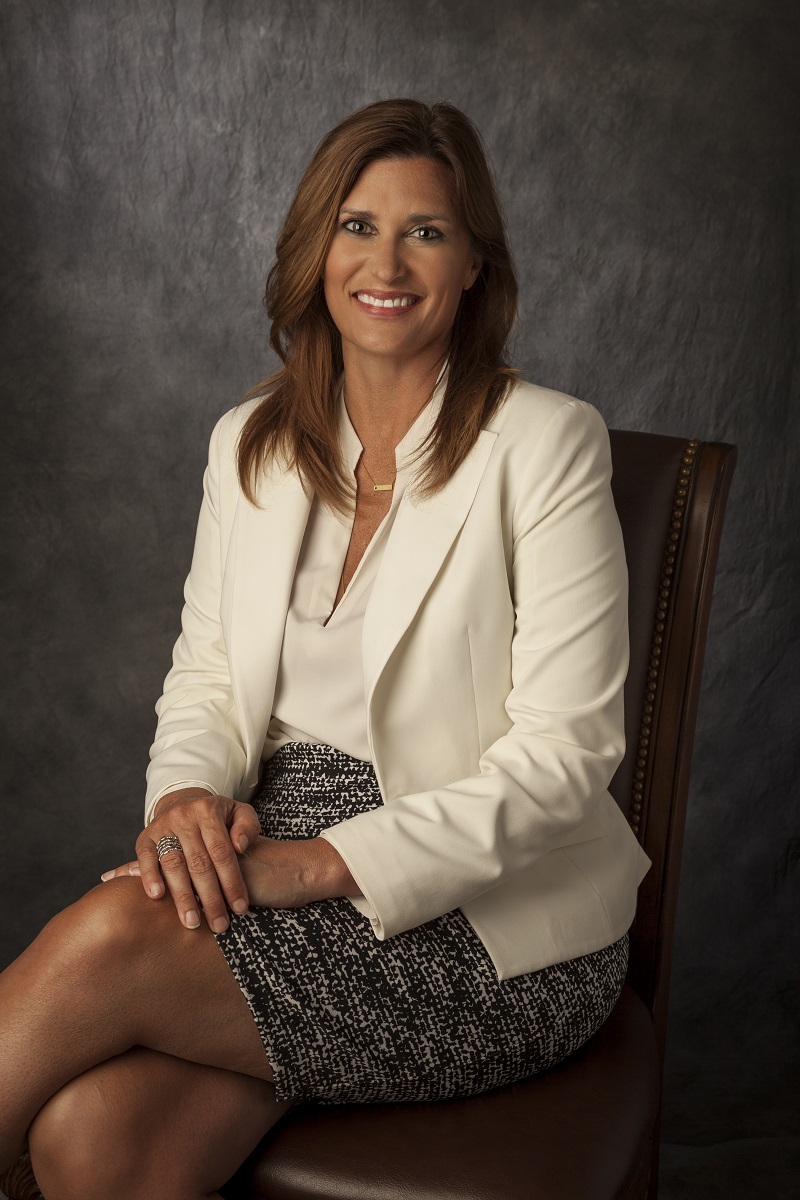 Dawn Rudolph, CXO of Saint Thomas Health (Nashville, Tenn.)
Dawn Rudolph, CXO of Saint Thomas Health (Nashville, Tenn.)
I would offer the biggest win for patients this year has been our industry's ability to adapt to the technology revolution. Our industry is adapting to new workflows that are more consumer- or person-centric as it relates to technology. Using smartphones and other devices at the point of care, and telehealth, are truly opening the door for patients to access their providers and their medical records more efficiently. Being in Nashville, we have quite a few startups and innovators, and they are taking technology to the next level for patients. I truly feel the biggest win is that the industry is adapting to that and changing to meet the need.
At Saint Thomas, while we're still in early stages, we have embraced a technology that allows for online scheduling — confirmed appointments, not just requesting an appointment. We're testing this platform and once it is integrated it into the system, we will be able to allow our patients to have more access to the services they want and the providers they want to make appointments with.


